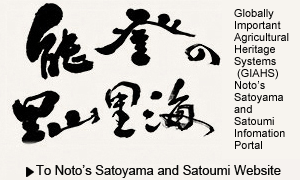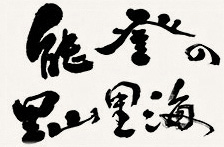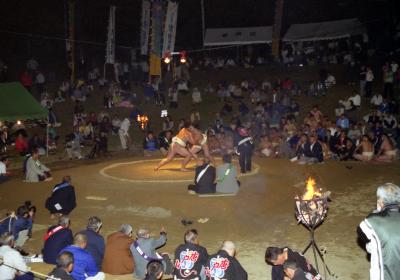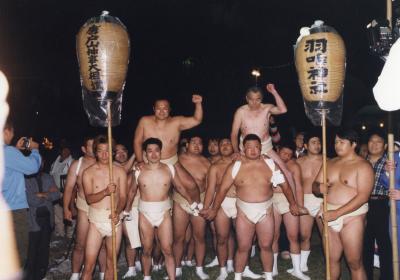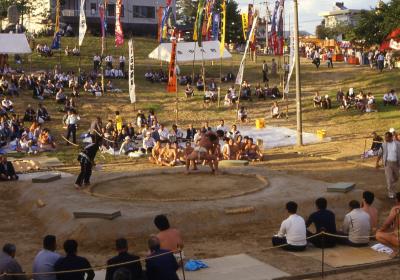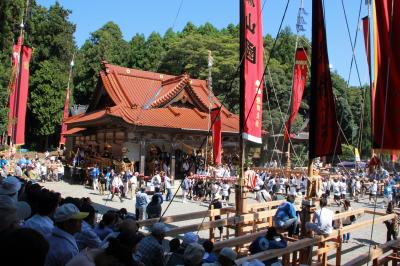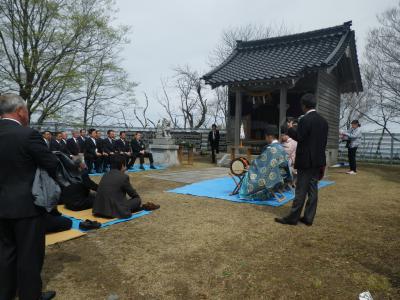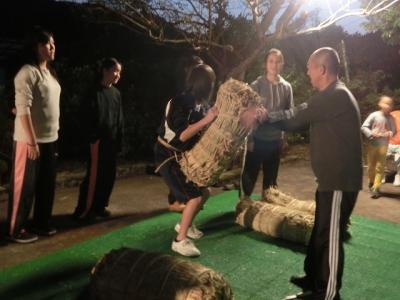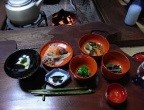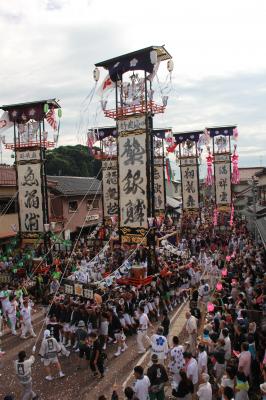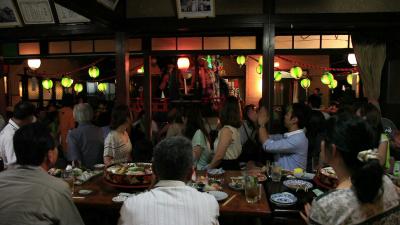
Name
Mt. Karato Sumo Ritual
Category
Festival
Class
Custom
Designation
Ishikawa Prefecture Intangible Folk Cultural Asset (Jan. 2015)
Comment
This ritual is said to have started more than 2,000 years ago for the deity enshrined in Hakuri Shrine, Iwatsukuwakeno-mikoto, who loved sumo wrestling. It is held on the evening of the deity’s memorial day, September 25, in memory of his virtues. The strongest sumo wrestlers from Kaga, Noto and Ecchû Provinces gather at the Mt. Karato Sumo Wrestling Site. Here, the simple open-air sumo style known for its rule of “no water, no salt and no waiting” has been maintained. The tournament consists of three stages, which determine komusubi, sekiwake and ôzeki (the third-, second- and first-ranked wrestlers in the olden days) respectively. The winner of each match is determined by two bouts. The ôzeki of the year has been selected previously based on experience and personality. Regardless of what happens during the wrestling, the referee’s decision is supposed to be contested for the final match. As a result of deliberation, the match ends in a draw, and both wrestlers become ôzeki. This ritual has been designated as an Intangible Folk Cultural Asset by Ishikawa Prefecture.
Material Link
Views
Access number:11848

